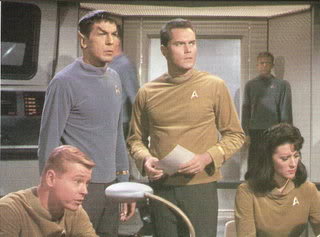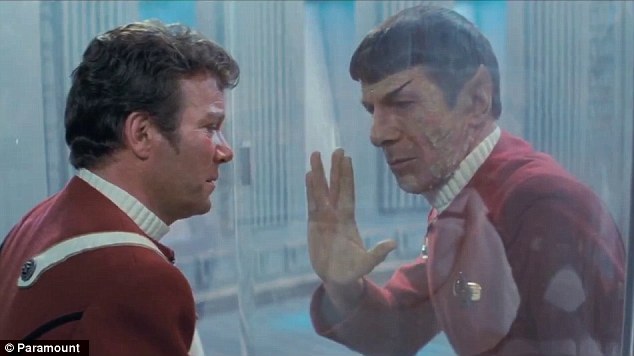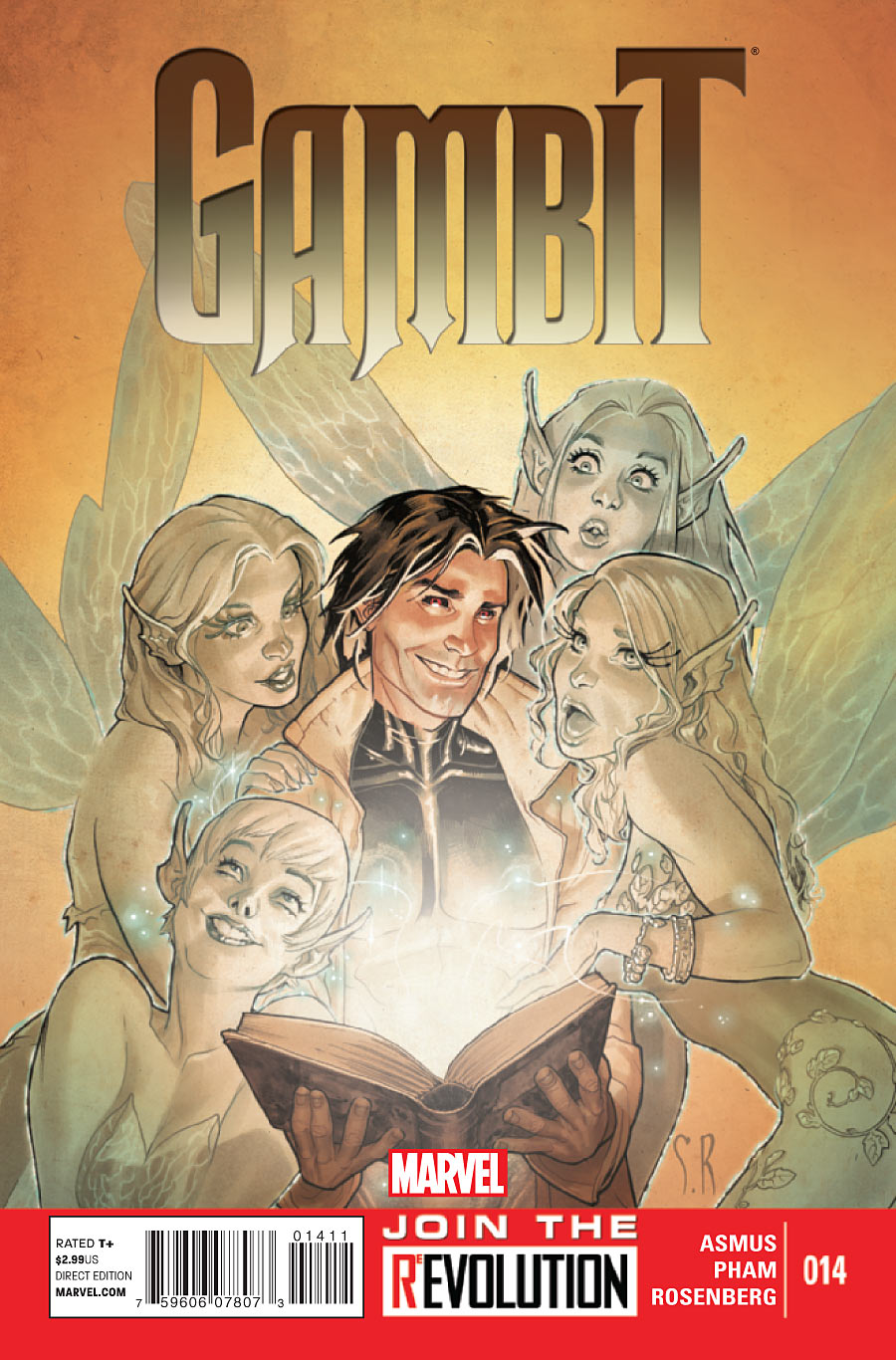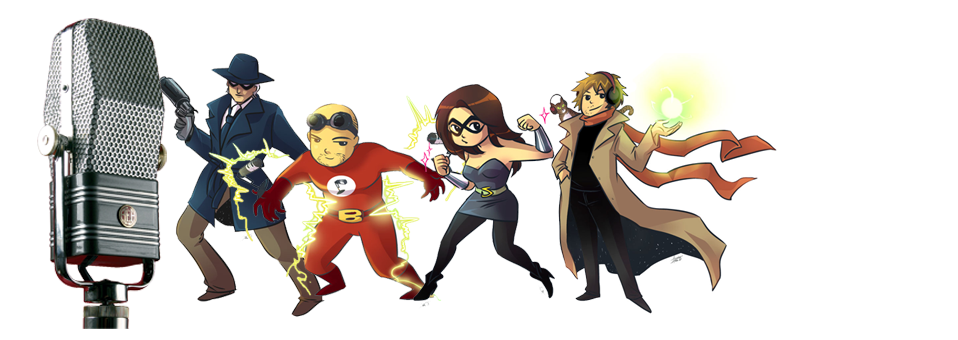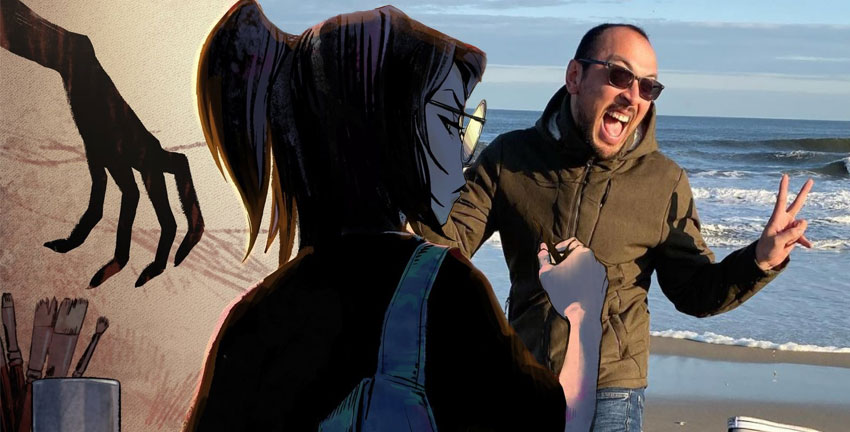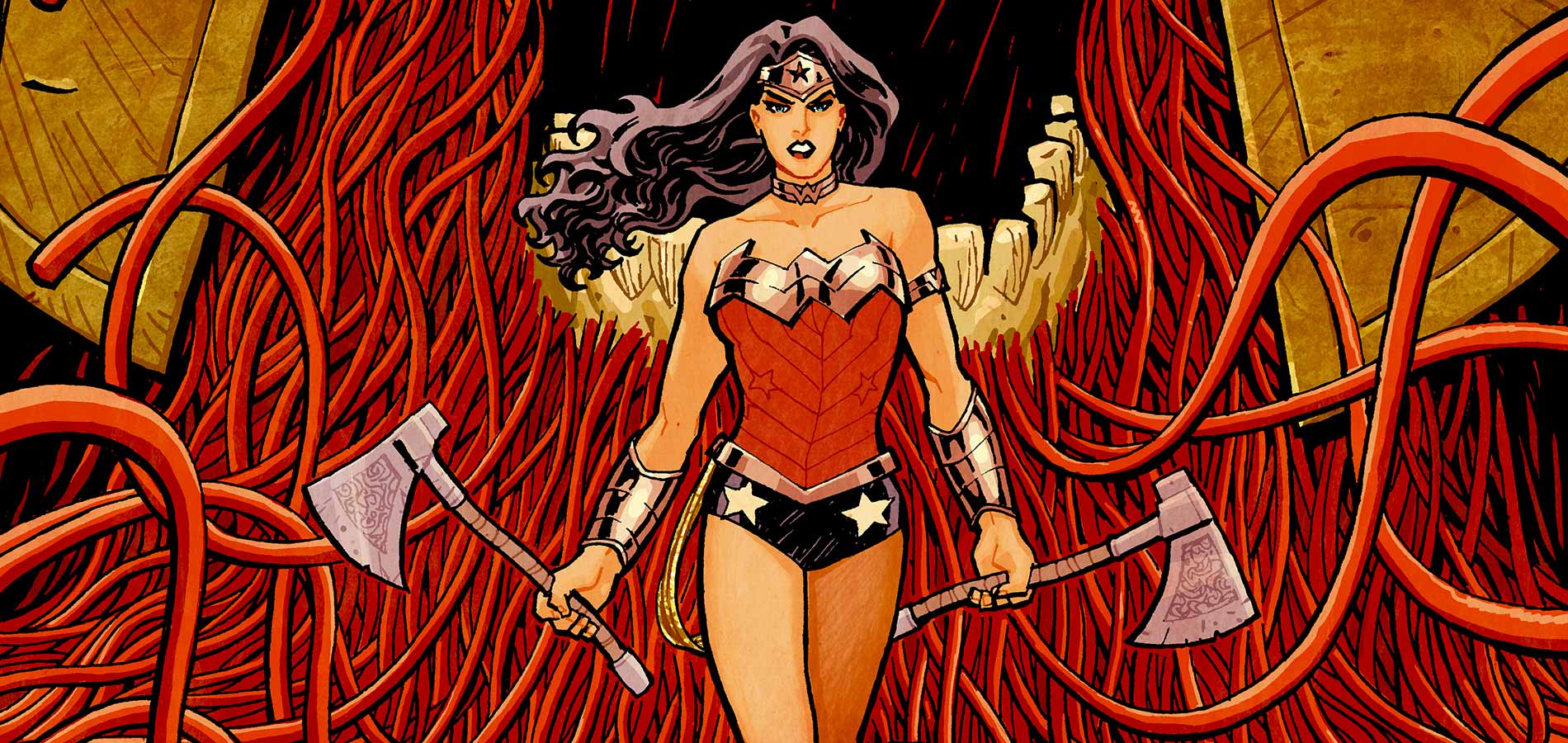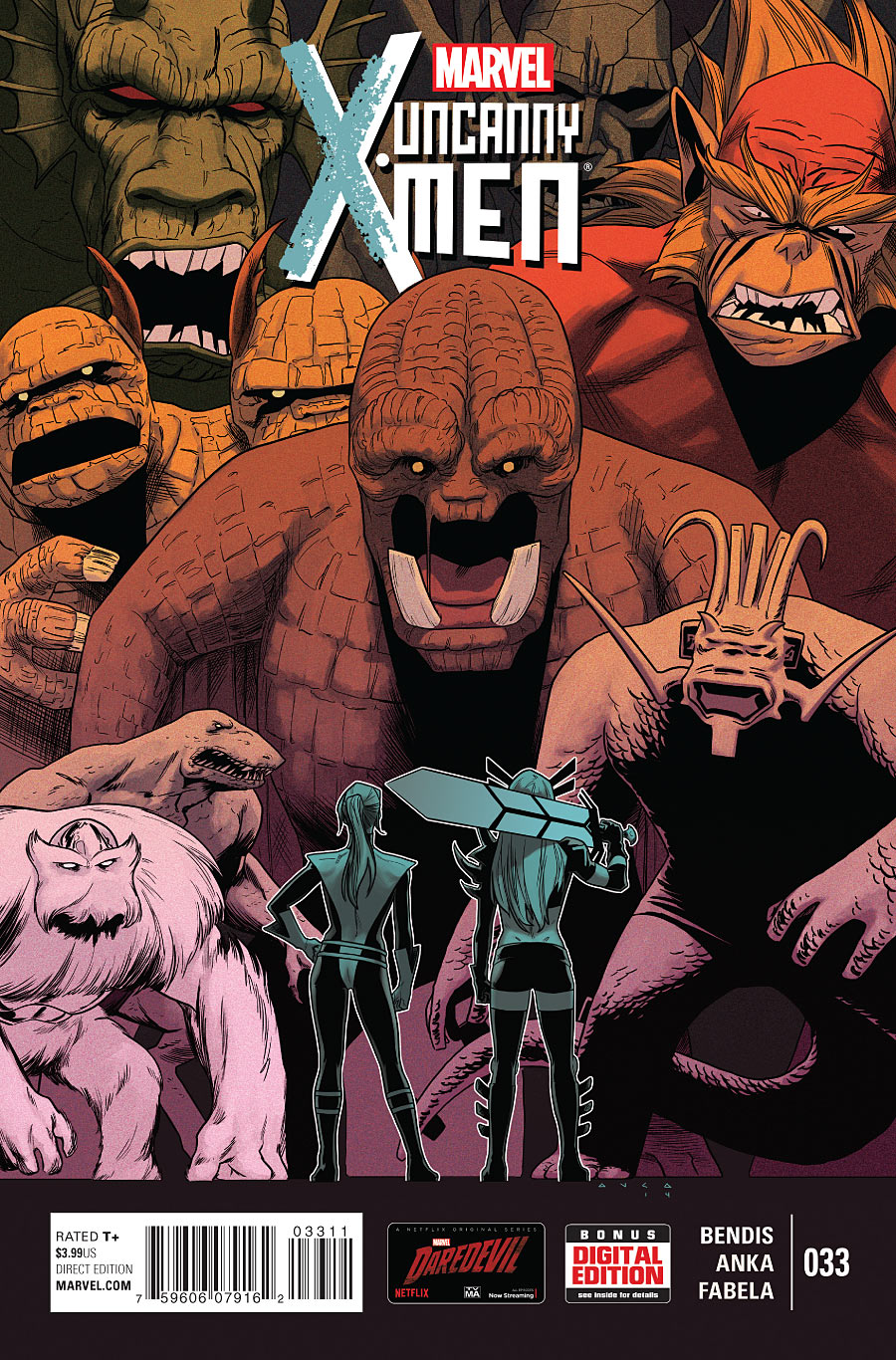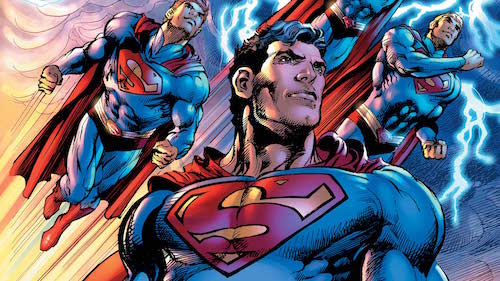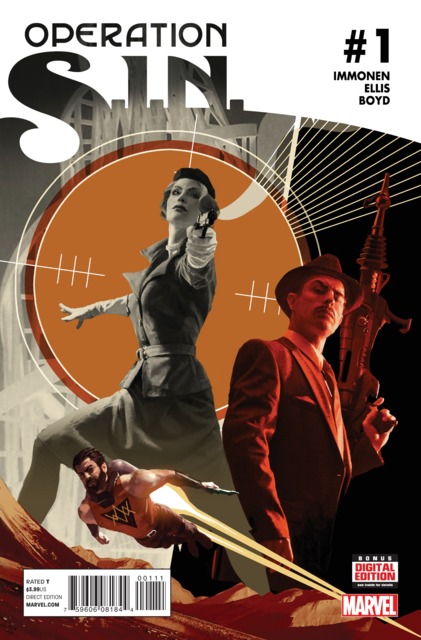LEONARD NIMOY: IN MEMORIUM
Some brief words by Bob Reyer
As most of you are aware, Leonard Nimoy passed away yesterday from complications related to COPD, one month shy of his 84th birthday. Undoubtedly most famous for his role as Star Trek’s Mr. Spock, Mr. Nimoy was also an author of prose and poetry, and a director, photographer, and patron of the arts, but it was in the role that he once sought to distance himself from that he helped to change the face of filmed science-fiction by crafting a character who has been an inspiring figure for generations of fans.
Born in Boston to Russian immigrant parents in 1931, Mr, Nimoy had knocked around Hollywood for some years, 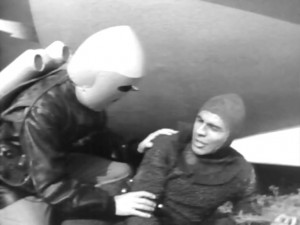 appearing in small parts in films such as 1954’s “Them!”, and dozens of roles in episodic television, including Rod Serling’s “Twilight Zone” (“A Quality of Mercy”), and most notably in a 1964 episode of “The Outer Limits”, an adaptation of the Eando Binder “Adam Link” story “I, Robot”. (As an aside, Mr. Nimoy’s first role as an alien took place in the 1952 Republic Pictures Rocket Man serial “Zombies of the Stratosphere”, where-in he played Narab, an evil martian!) A guest spot in a 1964 episode of “The Lieutenant” brought him into contact with that show’s creator and head writer Gene Roddenberry, who was just about to begin production on the pilot for a new science-fiction series for Desilu, and he saw something in Mr. Nimoy’s performance that told him he would be perfect for the role of the alien science officer Mr. Spock.
appearing in small parts in films such as 1954’s “Them!”, and dozens of roles in episodic television, including Rod Serling’s “Twilight Zone” (“A Quality of Mercy”), and most notably in a 1964 episode of “The Outer Limits”, an adaptation of the Eando Binder “Adam Link” story “I, Robot”. (As an aside, Mr. Nimoy’s first role as an alien took place in the 1952 Republic Pictures Rocket Man serial “Zombies of the Stratosphere”, where-in he played Narab, an evil martian!) A guest spot in a 1964 episode of “The Lieutenant” brought him into contact with that show’s creator and head writer Gene Roddenberry, who was just about to begin production on the pilot for a new science-fiction series for Desilu, and he saw something in Mr. Nimoy’s performance that told him he would be perfect for the role of the alien science officer Mr. Spock.
That pilot, entitled “The Cage”, starred Jeffrey Hunter as Captain Christopher Pike and Mr. Nimoy as a somewhat-emotional Spock (one who even smiled!), and boasted an intriguing plot that would have made an interesting feature film, but was thought too cerebral by NBC executives, who requested a second pilot, “Where No Man Has Gone Before”, a rare move in television. The only hold-over from “The Cage” would be Spock, now adorned with the logic-driven demeanor of the original pilot’s female First Officer, the reserved Number One, a role played by Majel Barrett, who would go on to play Nurse Christine Chapel in the series…and eventually marry Gene Roddenberry!
With William Shatner’s James T. Kirk now at the helm, the U.S.S. Enterprise would begin its “five year mission” on September 8, 1966, and I was there in front of our Motorola B&W set, 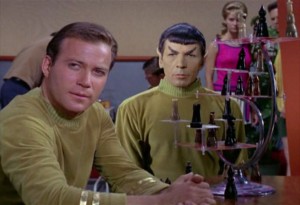 having been given permission by my Dad to stay up late to see this new series. (I think not as much due to my excitement but because he wanted someone to watch it with him!) It was quite easy for viewers to identify with the boldness of Captain Kirk, but for those of us in the audience with bookish or shy natures, the stand-out of the production was the half-Vulcan/half-human Mr. Spock, who came to every situation using his advanced intellect and unwavering devotion to logic, showing that not every problem needed to be solved through force. As the show ran, we would be shown the occasional glimpse of Spock’s difficult inner struggles to suppress his baser instincts, and through clever scripting and fine acting by Mr. Nimoy and DeForest Kelley as Dr. Leonard McCoy, we would be privy to Captain Kirk’s own thought process as the emotionally-driven Doctor and the ultra-logical Science Officer played them out, in essence as the Freudian Super-Ego and Id to the Captain’s Ego. Whether intentional or by happenstance, this dynamic, fleshed out by seasoned and gifted performers, helped to create some of television’s most indelible characters, and may I say, a modern mythological triumvirate.
having been given permission by my Dad to stay up late to see this new series. (I think not as much due to my excitement but because he wanted someone to watch it with him!) It was quite easy for viewers to identify with the boldness of Captain Kirk, but for those of us in the audience with bookish or shy natures, the stand-out of the production was the half-Vulcan/half-human Mr. Spock, who came to every situation using his advanced intellect and unwavering devotion to logic, showing that not every problem needed to be solved through force. As the show ran, we would be shown the occasional glimpse of Spock’s difficult inner struggles to suppress his baser instincts, and through clever scripting and fine acting by Mr. Nimoy and DeForest Kelley as Dr. Leonard McCoy, we would be privy to Captain Kirk’s own thought process as the emotionally-driven Doctor and the ultra-logical Science Officer played them out, in essence as the Freudian Super-Ego and Id to the Captain’s Ego. Whether intentional or by happenstance, this dynamic, fleshed out by seasoned and gifted performers, helped to create some of television’s most indelible characters, and may I say, a modern mythological triumvirate.
Even though it was inevitable considering his decades as a smoker, Mr. Nimoy’s passing does leave me somewhat shaken, and quite sad. Through his performance as Mr.Spock, he crafted a character that was the weekly entry-way into intelligent science-fiction for many people of my generation, whose previous exposure would have been kiddie-fare such as “Lost in Space” or the occasional airing of a classic film amidst all the low-budget movies of the Fifties being shown on TV. That such a resonant character was also the “other”, even among the Enterprise’s varied cast, was something that spoke to a world in a state of flux, helping to cement the notion of all having a place at the table, and on the more personal scale, speaking also to the scores of girls and boys struggling with their own identities in a society that, then as now, was often too quick to judgment based on surface impressions or pre-conceived notions. Although he once wrote a book entitled “I Am Not Spock” (a years-later sequel, “I AM Spock” spoke to his “conversion”) , Leonard Nimoy’s portrayal of the Enterprise’s First Officer provided not only entertainment, but a shining example of how to navigate through life’s often-challenging waters.
To Leonard Nimoy on a life well-lived, and although we never met…
“I have been…and always shall be…your friend…”


